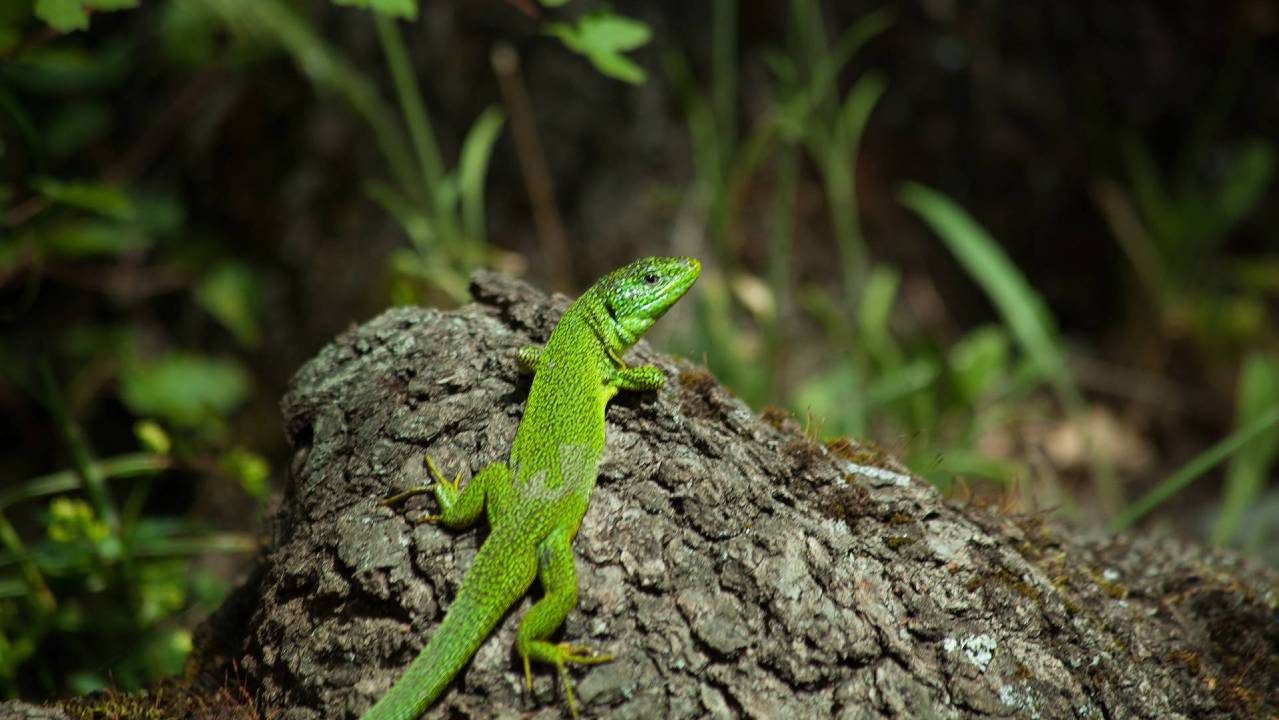Our stretch of the Eurovelo 8 runs from Meyrargues to les Arcs. But where are we on the map of France? The EV8 runs right through the middle of „La Provence verte and Verdon“, the “Green Provence”, also called the “green lung”” of Provence.

Our Corner
La Provence verte stretches between the Gorges de Verdon in the north, Aix-en-Provence in the west, Marseille in the southwest and the Côte d’Azur in the southeast, and comprises 43 communities in the middle of the department Var. On the other hand, La Provence itself today is defined as Région PACA, Provence-Alpes-Côtes d’Azur
You will find cypresses, cicadas and lavender, but also forests, rivers and a rich wildlife with wild boar, pheasants, foxes, martens, deer, and even the odd wolf. Olive groves, sheep, goats and vineyards dominate its agricultural life, but in former times there were also leather works in Barjols and Bauxite mines dotted around the region. The first bauxite was found in 1821 by Pierre Berthier in Les Beaux de Provence, hence the name. Bauxite has a high aluminium content and thus attracted the Germans during their occupation of France from 1940 to 1944. Provence was officially occupied by the Germans in 1942. “La résistance” was very strong here in the Second World War.
Les Provençales
La Provence verte is very French, tourists come here but they are not as dominant as down on the coast. So speaking French is vital, even if it is just “good morning” and “thank you”. People here are friendly and welcoming and will make you feel at ease. But they like you even more, if you understand their pride in their language. Of course French is spoken by everyone but some also speak Provençale or Patois. Many village signs show their names in French and Provençale.
People here are very proud of their history and very aware of their links to Italy. A lot of people we know have Italian ancestors and Italian second names like Perrone, Pettavino, Dalmasso, Canova and more. The village closest to us is twinned with an Italian village right over the border. During the plague of 1348, Pontevès lost all its inhabitants, and was essentially a dead village for decades. Then in 1477 a certain Bertrand de Pontevès offered the population of Montegrosso Pianlatte in Liguria Italy, just North of Imperia, the chance to settle in Pontevès. Many accepted and slowly repopulated the village. Today the two villages are twinned, thanks in large part to the work of former mayor of Pontevès, Jean-Marc Etienne. But every village here has many stories to tell, and if you speak French you will soon find out about them in the little cafés and cercles, that can be found in every village.
The land of food and music
The other big topic here is music. For the young, there are a number of ad-hoc local bands who perform in villages around the region. Throughout the year posters can be seen on notice boards and informal spots at the side of the road, announcing the latest local music event. For the more gentle-inclined, there is hardly any village without its choir. And they help each other when needed. When Jean-Marc Etienne, the husband of my choir’s conductor died, the conductor of Correns came along to help us prepare our songs for his funeral. People also migrate from one choir to the other to have a change or to express their criticism of their “old” choir. It is all very human here.
But the most important issue – we are in France – is the food, the menu, the cooking, the allotment, everything about “manger”. Every event includes food (and local wine with it), even the AGM of a little association like our choir. Before Covid we regularly had “auberges Espagnols”, where everyone brings food along proudly presenting their cooking skills. We have a woman from Réunion amongst us, who always presents excellent Créole dishes. And we have an ex-chef of a Paris restaurant with a delicious mousse au chocolat. The restaurant owner in our village cooks provencale food for us, and we just enjoy it all together.
Our corner of la Provence verte – Varages, Barjols, Pontevès – is a microcosm of what you can find along much of the EV8 in our region. And, with a bicycle and a habit of slow cycling you will have many opportunities to find out how things work here in La Provence verte.